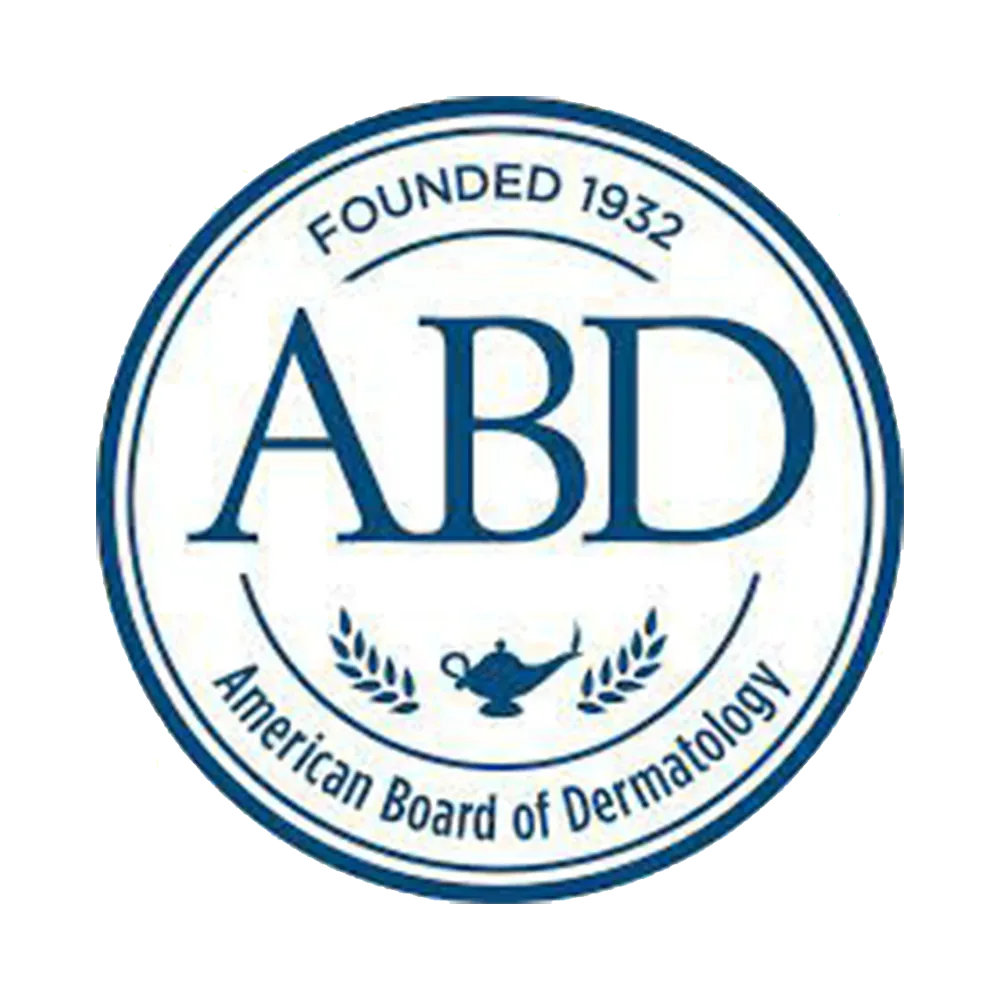Chemical Peels
Unmasking the Secret of Radiant Skin
The Resurgence of Chemical Peels
In the ever-evolving landscape of skincare and aesthetic medicine, chemical peels have made a stunning comeback, revealing their timeless potential in the pursuit of flawless skin. Once considered a treatment confined to dermatologist’s offices, chemical peels are reclaiming their rightful place in skincare routines, from Hollywood A-listers to self-care devotees.
Chemical peels have a storied history, dating back to ancient Egypt, when Cleopatra bathed in sour milk—rich in lactic acid—to maintain her renowned beauty. Today, they have been refined into a potent tool to treat a range of skin concerns, from aging signs to acne scars and hyperpigmentation.
The principle of a chemical peel is straightforward: an acid solution is applied to the skin to break down the outermost layer, the stratum corneum. This controlled injury stimulates skin’s natural healing process, shedding old, damaged skin and replacing it with a fresh, rejuvenated layer.
There’s a wide spectrum of chemical peels available, classified into three primary categories: superficial, medium, and deep. Superficial peels, often known as “lunchtime peels,” employ mild acids like alpha-hydroxy acids (AHAs) to gently exfoliate the skin. Medium peels dive deeper, using ingredients like trichloroacetic acid (TCA) to penetrate the middle layers of the skin. Deep peels, using phenol, go even further, yielding dramatic results while requiring significant downtime and a higher risk profile.
The choice of peel depends on the skin’s condition, desired results, and tolerance for downtime. While superficial peels can be safely performed at home or in a spa setting, medium and deep peels should always be performed by a trained professional. The American Academy of Dermatology Association recommends consulting a skincare specialist to evaluate your skin type and determine the most suitable peel.
While the idea of applying acid to your face may seem daunting, modern-day peels are designed with safety and comfort in mind.
Discomfort during the procedure is typically minimal, often described as a slight stinging or burning sensation. Post-procedure, skin may appear red and feel tight, like a sunburn.
However, like any cosmetic procedure, chemical peels are not without risks. Post-inflammatory hyperpigmentation (PIH), scarring, and infection can occur, especially with deeper peels or when post-care instructions are not followed diligently. People with darker skin tones are particularly prone to PIH and should approach chemical peels with caution.
Furthermore, a chemical peel is not a one-and-done solution. Regular treatments, combined with a solid skincare routine, are crucial to maintain results. Sun protection is also paramount post-peel, as the new skin is particularly susceptible to UV damage.
The resurgence of chemical peels signifies a broader trend in the beauty industry: the return to tried-and-true treatments that prioritize science over fads. As we move forward, the ability to embrace the past while leveraging modern science will undoubtedly reveal even more ways to keep our skin at its best.
The journey to a more confident you starts with one decision. That is the decision to get treated, why wait Book Online today? If you’re on the fence or have questions brewing, remember: We at SullivanDermatology are always here to help.Videos
@sullivandermatology 15% TCA Chemical Peel for Acne and Hyperpigmentation #SullivanDermatology #acnetreatment #chemicalpeel #tcapeel #wrinklesbegone ♬ original sound - SullivanDermatology
Chemical Peel
If you’re dealing with skin conditions like acne scars, hyperpigmentation, or the signs of aging, a chemical peel might be the solution you’re seeking. Specifically, a chemical peel for acne scars can significantly improve the skin’s texture and appearance, while a chemical peel for hyperpigmentation can help even out skin tone.
This minimally invasive skincare procedure is a popular choice for those seeking to enhance their skin’s health and aesthetics. Techniques like TCA CROSS(Trichloroacetic Acid Chemical Reconstruction of Skin Scars) offer targeted treatment for deeper scars and pigmentation issues.
Chemical peels work by applying a chemical solution to the skin, which causes it to exfoliate and eventually peel off. This leaves the new, regenerated skin underneath, which is usually smoother and less wrinkled.
If you’re considering a chemical peel for acne scars or hyperpigmentation, you might encounter the TCA CROSSmethod. This technique uses a high concentration of Trichloroacetic Acid to treat and improve the appearance of deep scars and pigmentation issues.
The process of a chemical peel, including a TCA CROSStreatment, should be performed by a trained professional to ensure safety and efficacy. After the peel, it’s crucial to follow a good skincare routine, including using sunscreen to protect the new skin.The results of a chemical peel for acne scars or hyperpigmentation can be quite impressive. Many patients report smoother skin, reduced scarring, and more even pigmentation. For deeper scars, TCA CROSScan offer remarkable improvements, though it might require multiple sessions.
The effects of chemical peels, including TCA CROSS, can be long-lasting, especially when combined with a good skincare routine. However, they don’t halt the skin’s natural aging process or prevent new acne from forming, so ongoing skincare is essential.
The cost of chemical peels varies depending on factors such as the type of peel, the expertise of the professional, and your geographical location. TCA CROSS, being a more specialized procedure, may carry additional costs. It’s essential to consult with a skincare professional to get an accurate cost estimate and to ensure a chemical peel is the right choice for your skin.
In conclusion, whether you’re considering a chemical peel for acne scars, hyperpigmentation, or overall skin rejuvenation, this skincare procedure offers a proven, effective route to healthier, more radiant skin. Always remember to consult with a skincare professional before beginning any new treatment regimen.
FAQs About Chemical Peels
When performed by a trained professional, chemical peels are generally safe. However, there can be risks, including scarring, infection, and changes in skin color, especially with deeper peels.
You may feel a burning or stinging sensation during the treatment, but this usually subsides quickly. Deeper peels may require a local anesthetic or sedative to manage discomfort.
Chemical peels can address a variety of skin issues, including fine lines, wrinkles, acne scars, age spots, hyperpigmentation, and sun damage.
The treatment can take anywhere from a few minutes to an hour, depending on the type of peel.
The cost varies widely based on the type of peel and the professional performing it. A superficial peel can cost as little as $150, while a deep peel can cost up to $3,000.
Results vary based on the depth of the peel. A superficial peel may offer improvements for one to two months, while a deep peel may produce dramatic results that last for years.
Common side effects include redness, dryness, and mild swelling. More severe effects, like infection or scarring, are rare but can occur, especially with deeper peels.
You should avoid makeup until the skin has completely healed, which can take up to two weeks for a deep peel.
While chemical peels can benefit most skin types, people with dark skin tones should be cautious, as they have a higher risk of pigmentation changes. Always consult a professional to determine the best treatment for your skin.
At-home kits for superficial peels are available, but they are much less potent than professional treatments. Always follow the manufacturer's instructions to avoid skin damage. For medium or deep peels, always seek professional care.






